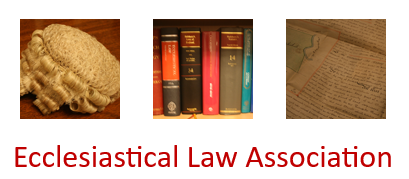Unauthorized replacement of tarmac path by brick paving, installation of two black powder-coated metal handrails to the chancel steps, and pollarding/felling of lime trees; Church listed Grade II, built 1903-4; applications for confirmatory faculties for works undertaken; works undertaken without a faculty having been granted are unlawful; no objections, but hearing in person ordered in view of unlawful nature of works; Duffield principles (Re St Alkmund, Duffield [2013] Fam 158) considered; confirmatory faculty granted for tree works, which had been necessary, though noting that List B approval could have been sought to these works prior to their being undertaken; need for improved path accepted, but pink brick paving with dark grey edging and yellow interstitial sand not in keeping with the natural stonework of the church; restoration order considered but would be disproportionate; faculty granted subject to condition requiring replacement of yellow sand by a darker sand to be approved by the DAC; chancel step handrails installed without faculty; DAC unhappy with the rails, which did not comply with Part K of Building Regulations; railings considered to be harmful to the significance of the church as a building of special architectural or historic interest, and out of keeping with high quality ‘Arts & Crafts’ style woodwork nearby; restoration order made for removal of the handrails within two years, to allow time for design and approval of more fitting rails. Recommendations made to improve parish and faculty administration; costs of hearing to be borne by the PCC.

